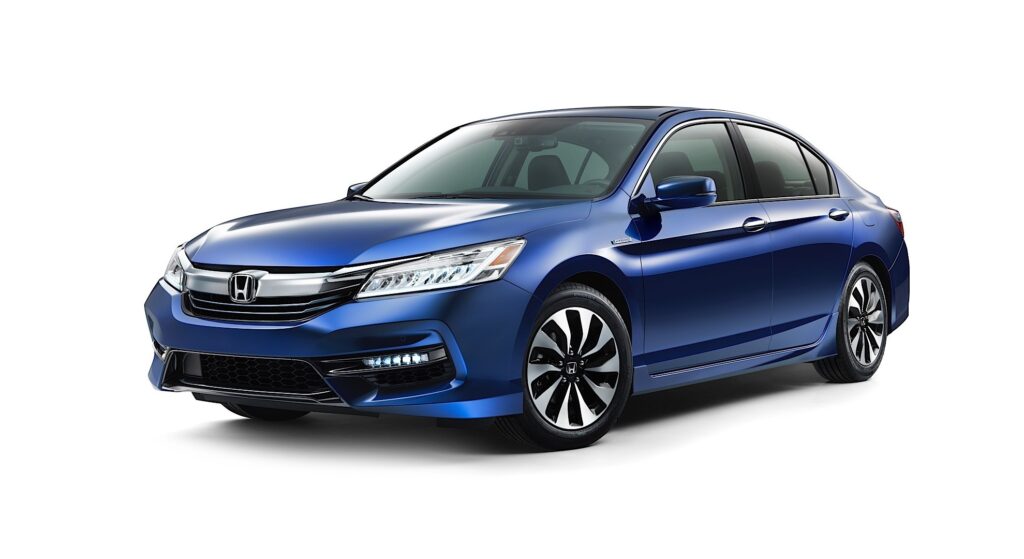Best Car Insurance in the US: Car insurance is a vital part of owning and operating a vehicle in the United States. It serves as a financial safety net, protecting you against potential losses from accidents, theft, and other unexpected events. Not only is it crucial for your financial stability, but it’s also a legal requirement in most states. Driving without insurance can lead to hefty fines, license suspension, and even legal action.
Types of Car Insurance Coverage
Understanding the various types of car insurance coverage available can help you choose the best policy for your needs.
Liability Insurance
This is the most basic type of car insurance required by law in most states. It covers the costs of damage or injuries you cause to others in an accident.

Collision Insurance
Collision insurance covers the cost of repairs to your vehicle if you’re involved in a collision, regardless of who is at fault.
Comprehensive Insurance
comprehensive coverage procctects your car against damage not caused by collisions, such as theft, fire, vandalism, and natural disasters.
Personal Injury Protection (PIP)
PIP covers medical expenses for you and your passengers, regardless of fault. It may also cover lost wages and other related costs.
Uninsured/Underinsured Motorist Coverage
This coverage protects you if you’re involved in an accident with a driver who has no insurance or insufficient insurance to cover the damages.
Factors Affecting Car Insurance Rates
several factors influence the cost of your car insurance premium:
Age and Gender
younger drivers, especially teenagers, typically pay higher premiums due to their lack of driving experience. Gender can also play a role, with males often facing higher rates than females.
Driving Record
A clean driving record with no accidents or traffic violations can significantly lower your insurance rates.
Vehicle Type
The make, model, and year of your car affect your insurance rates. Expensive or high-performance vehicles usually cost more to insure.
Location
Where you live impacts your rates due to varying risks of accidents, theft, and natural disasters in different areas.
Credit Score
In many states, insurers use credit scores to determine rates. A higher credit score can lead to lower premiums.
How to Choose the Right Car Insurance
Selecting the right car insurance involves several steps:
Assess Your Needs
Consider factors such as your vehicle’s value, how much you drive, and your financial situation to determine the coverage you need.
Compare Different Insurers
Shop around and compare quotes from multiple insurers to find the best rates and coverage.
Check the Coverage Limits
Ensure that the policy limits are sufficient to cover potential expenses in case of an accident.
Read Reviews and Ratings
Look at customer reviews and ratings to gauge the insurer’s reliability and customer service.
Consider Discounts and Bundles
Many insurers offer discounts for safe driving, bundling multiple policies, or having certain safety features in your car.
The Process of Getting Car Insurance
Getting car insurance can be straightforward if you follow these steps:
Research and Gather Information
Collect necessary details about your vehicle and driving history.
Get Quotes
Request quotes from several insurers to compare rates and coverage options.
Choose Your Policy
Select the policy that best fits your needs and budget.
Purchase and Finalize
Complete the application process, make your first payment, and get proof of insurance.
Tips for Saving Money on Car Insurance
Saving on car insurance is possible with some smart strategies:
Maintain a Clean Driving Record
Avoid accidents and traffic violations to keep your premiums low.
Take Advantage of Discounts
Look for discounts for safe driving, bundling policies, or having safety features in your vehicle.Bundle Insurance Policies
Combine your car insurance with other policies, like home insurance, to receive discounts.
Increase Deductibles
Opt for higher deductibles to lower your premium, but ensure you can afford the out-of-pocket costs if needed.
Review and Update Your Policy Regularly
Regularly check your policy to ensure it still meets your needs and adjust as necessary.
Common Car Insurance Myths
Debunking some common misconceptions can help you make informed decisions:
Red Cars Cost More to Insure
The color of your car does not affect your insurance rates.
Older Drivers Always Pay Less
While experience can lower rates, very elderly drivers may see increased premiums due to higher risk.
Your Credit Score Doesn’t Affect Your Rates
In many states, insurers use credit scores as a factor in determining premiums.
Comprehensive Coverage Covers Everything
on events but does not cover everything, such as regular wear and tear.
The Impact of Car Insurance on Financial Stability
Car insurance is more than just a legal requirement; it’s a crucial part of your financial security.
Protection Against Financial Loss
Insurance helps cover the costs of accidents, repairs, and medical bills, preventing significant out-of-pocket expenses.
Peace of Mind
Knowing you’re covered provides peace of mind, allowing you to drive without constant worry about potential financial repercussions.
Legal Compliance
Maintaining at least the minimum required insurance ensures you comply with state laws, avoiding penalties and legal issues.
Dealing with Car Insurance Claims
Navigating the claims process can be smooth with the right approach:
Filing a Claim
Report the accident to your insurer as soon as possible and provide all necessary documentation.
The Claims Process
Your insurer will investigate the claim, assess damages, and determine the payout.
Tips for a Smooth Claims Experience
Keep detailed records, follow up regularly, and be honest throughout the process to ensure a smooth claim.



